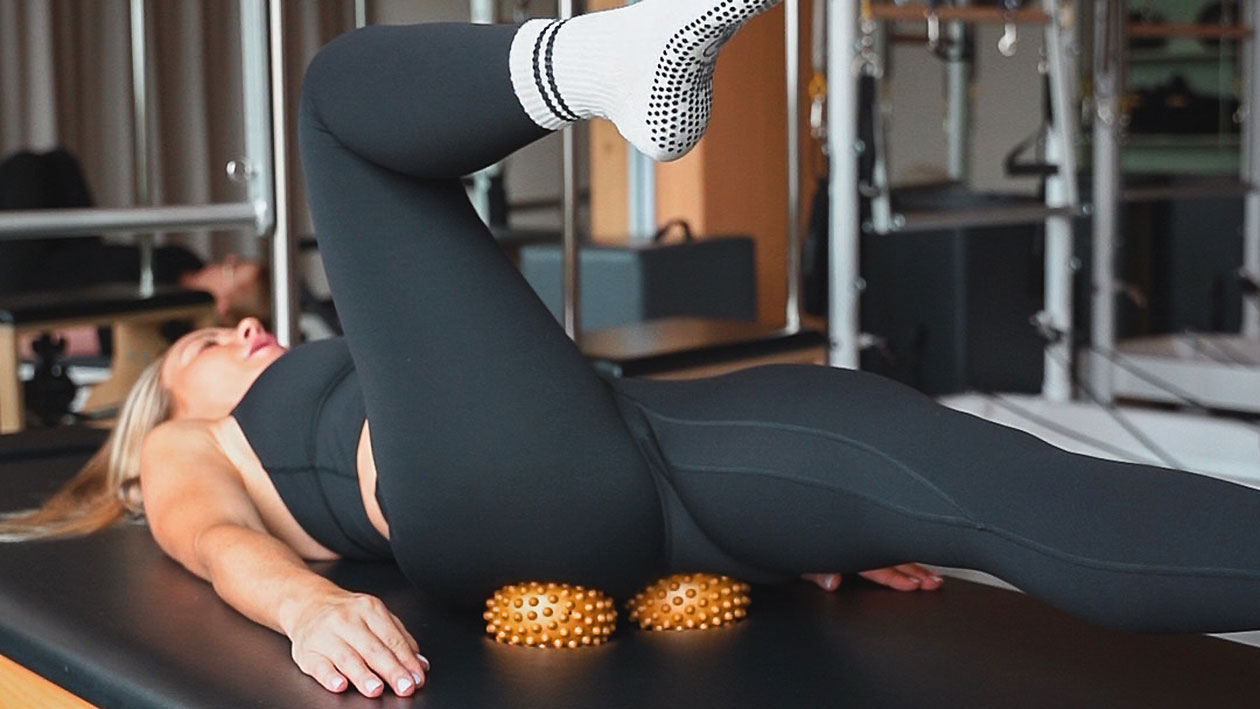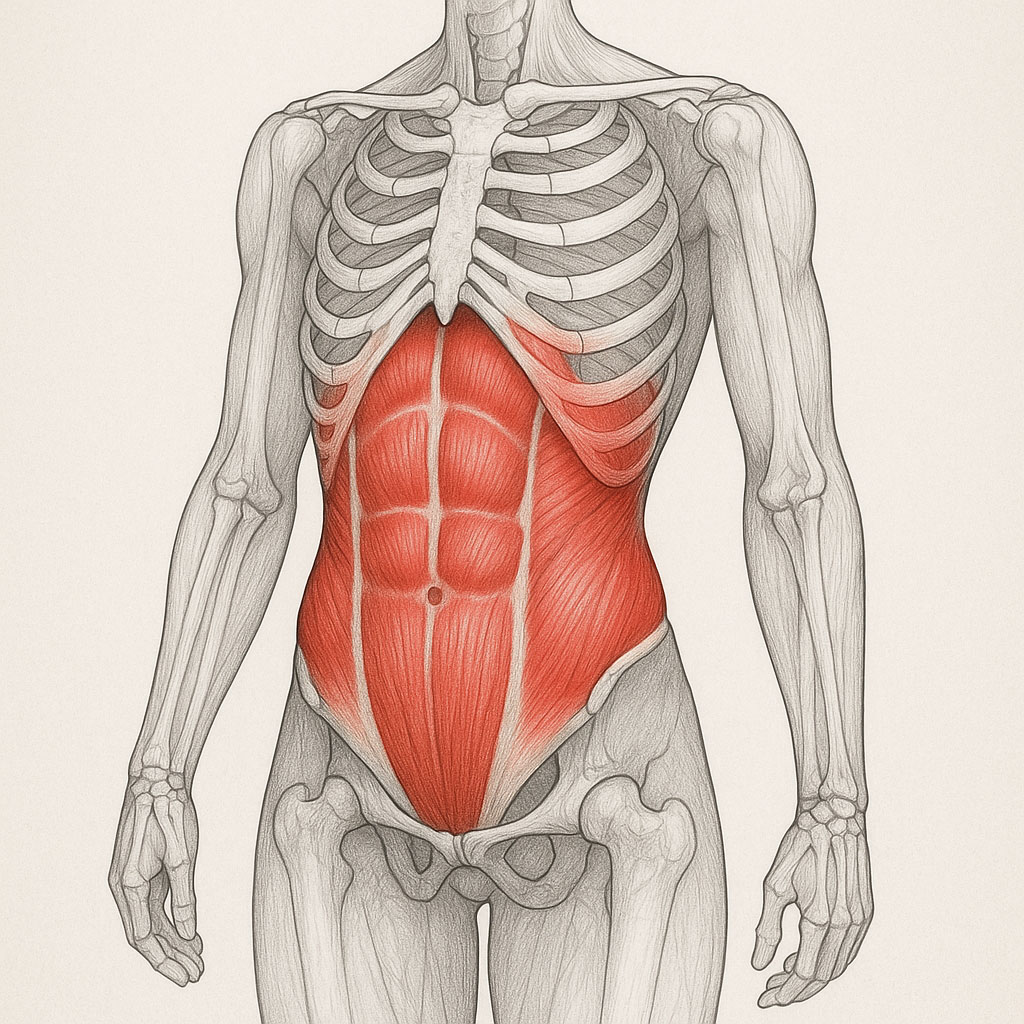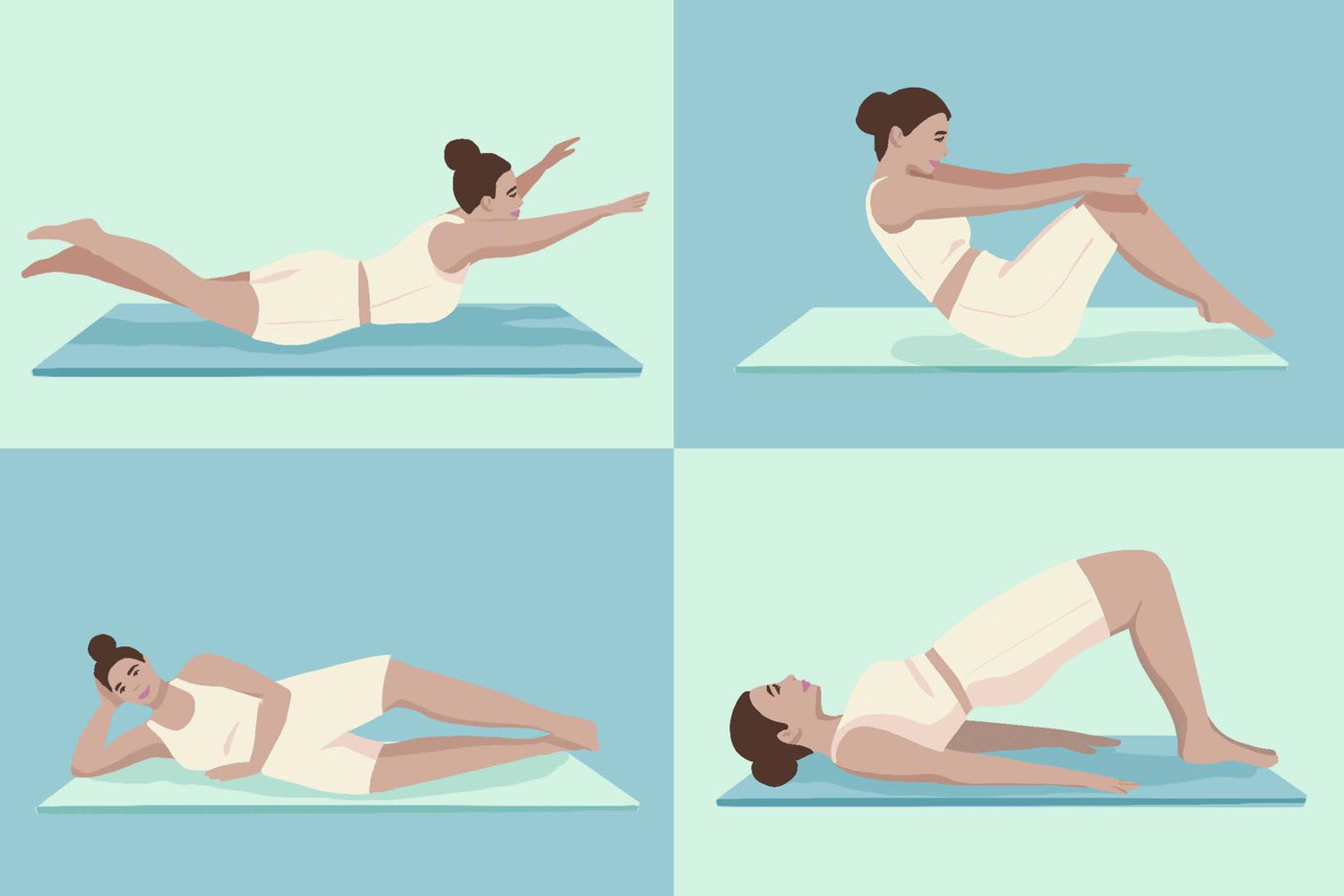
If you’ve been scrolling through Instagram wondering how everyone seems to have that enviable core strength and toned midsection, I’ve got news for you: Pilates might just be your answer. After diving deep into the research and speaking with countless people who’ve transformed their bodies through this method, I’m here to give you the straight truth about using Pilates for core strength and achieving that toned stomach you’re after.
Yes, Pilates Is One of the Best Ways to Build Core Strength
Let’s cut straight to the chase: absolutely, Pilates will strengthen your core. But here’s what makes it different from those endless crunches you might be doing. Pilates doesn’t just work your surface-level “six-pack” muscles (the rectus abdominis). It targets what exercise professionals call your “powerhouse” – the deep core muscles that include your transverse abdominis, multifidus, diaphragm, and pelvic floor muscles.
Research backs this up big time. One study found that after 36 weeks of Pilates training, women strengthened their abdominal muscles by an average of 21%. That’s not just a marginal improvement – that’s a genuine transformation in core strength that you can feel in your daily life.
What really sets Pilates apart is how it teaches your body to engage these deep stabilising muscles automatically. Instead of just building strength you can show off at the gym, you’re developing the kind of core stability that helps you carry groceries without strain, play with your kids without back pain, and maintain better posture throughout your day.
Why Pilates Is So Focused on the Core
Here’s something fascinating: Pilates was originally developed as a rehabilitation method. Joseph Pilates created this system to help injured soldiers recover their strength and mobility. This history explains why every single Pilates exercise involves your core in some way – it’s not an accident, it’s by design.
Your core isn’t just your abs. Think of it as a cylinder that includes your diaphragm at the top, your pelvic floor at the bottom, your deep abdominal muscles at the front, and your multifidus muscles along your spine at the back. This “inner tube” of muscles works together to stabilise your spine and pelvis before any movement happens.
When you’re doing Pilates, you’re not just moving your arms and legs randomly. Every exercise is designed to challenge your core’s ability to maintain stability while your limbs move in different directions. This is what builds that deep, functional strength that translates into better movement in everything you do.

Can Pilates Give You a Flat Stomach and Get Rid of Belly Fat?
Right, let’s address the elephant in the room because I know this is what many of you really want to know. Can Pilates give you a flat stomach? The answer is both yes and no, and I’m going to explain exactly what I mean.
The reality about spot reduction: I need to be completely honest with you here. You cannot spot-reduce fat from your stomach by doing Pilates (or any other exercise, for that matter). This idea, called “spot reduction,” has been debunked by numerous scientific studies. When your body burns fat, it does so from all over your body, not just the area you’re exercising.
But here’s where it gets interesting: While Pilates won’t specifically melt away belly fat, it absolutely can give you the appearance of a flatter, more toned stomach. How? Three ways:
- Improved posture: Pilates strengthens the muscles that support your spine, helping you stand taller and straighter. Better posture instantly makes your stomach appear flatter and your silhouette look longer.
- Muscle tone: Pilates builds lean muscle mass in your core, creating definition and firmness even if you don’t lose a single kilogram.
- Better body awareness: Pilates teaches you how to properly engage your core throughout the day, so you naturally hold yourself better.
One of my clients shared with me that people started asking what she was doing to lose weight just weeks into her Pilates practice – but she hadn’t actually lost any weight yet! The changes in her posture and the way she carried herself were already visible.
For overall fat loss: If losing belly fat is your goal, you’ll need to create a calorie deficit through a combination of exercise and nutrition. Pilates can be part of this equation by building muscle (which increases your metabolism) and by being a form of physical activity that burns calories, but it’s not a magic solution for fat loss.
The Key to Results: How to Properly Activate Your Core in Pilates
This is where most people go wrong, and honestly, it’s the make-or-break factor for getting results from Pilates. If you’re not engaging your core correctly, you’re missing out on about 80% of the benefits.
Here’s how to do it properly:
- Find your neutral pelvis: Lie on your back with your knees bent. Your lower back should have a small, natural curve – not pressed flat against the floor, but not arched up high either.
- Breathe differently: Unlike yoga, where you breathe into your belly, Pilates uses lateral breathing. Place your hands on the sides of your ribs and breathe in, feeling your ribcage expand sideways like an accordion. Exhale through your mouth as if you’re blowing out a candle.
- Engage, don’t brace: Here’s the key: gently draw your belly button toward your spine as you exhale, but don’t suck your stomach in hard or hold your breath. It should feel like a subtle lifting and tightening, not a death grip.
- Keep breathing: This is crucial – you need to maintain this core engagement while continuing to breathe normally. If you’re holding your breath, you’re doing it wrong.
The “cough test”: If you’re struggling to find the right muscles, try this: place your fingers just inside your hip bones and cough gently. Feel those muscles that contract? Those are part of your deep core system.
One thing I learned from working with a physiotherapist is that many people either do nothing (letting their stomach pooch out) or do too much (sucking everything in so hard they can’t breathe). The sweet spot is that gentle, sustained engagement that you can maintain while moving and breathing normally.
5 Beginner-Friendly Pilates Moves for a Stronger Core

1. The Hundred
This is Pilates’ signature move for good reason. Lie on your back, lift your head and shoulders slightly, and pump your arms up and down while breathing in for 5 counts and out for 5 counts. The goal is 100 arm pumps total. This exercise teaches you to maintain core engagement while moving your arms and controlling your breath.
2. Single Leg Stretch
Lying on your back, hug one knee to your chest while extending the other leg long. Switch legs in a controlled manner while keeping your core engaged and your back stable. This challenges your core’s ability to maintain stability while your legs move independently.
3. Bridge
Lie on your back with knees bent, feet flat on the floor. Slowly peel your spine off the mat one vertebra at a time until you’re in a bridge position. This strengthens your glutes, hamstrings, and core while improving spinal mobility.
4. Modified Plank
Start on your forearms and knees (not toes yet). Focus on creating a straight line from your head to your knees while maintaining core engagement. This builds the foundation strength you’ll need for full planks later.
5. Dead Bug
Lie on your back with arms reaching toward the ceiling and knees bent at 90 degrees. Slowly lower one arm overhead while extending the opposite leg, then return to start. This exercise is fantastic for teaching your core to stabilise while your limbs move in opposite directions.
Remember: Quality over quantity, always. It’s better to do 5 perfect repetitions than 20 sloppy ones. Focus on maintaining that core connection throughout each movement.
Which Is Better for Your Core: Pilates, Yoga, or the Gym?
I get this question constantly, and the answer depends on what you’re specifically trying to achieve. Let me break down the differences so you can make an informed choice.
Pilates for core strength:
- Specifically designed to target deep core muscles
- Every exercise involves core engagement
- Builds functional strength for daily activities
- Excellent for postural improvement
- Lower impact, suitable for all fitness levels
- Focuses more on flexibility and broader muscle groups
- Some poses do engage the core, but it’s not the primary focus
- Emphasises holding positions rather than controlled movement
- Better for stress relief and mindfulness
- May require more flexibility to access certain poses
Gym workouts for abs:
- Often focus on surface-level abdominal muscles
- Can build impressive strength but may lack functional application
- Higher impact options available
- Easy to track progression with weights
- May not address postural issues or deep stability
My honest assessment: If your primary goal is core strength and a toned stomach, Pilates is your best bet. It’s the only method that was specifically designed with core stability as its foundation. That said, there’s nothing wrong with combining approaches – many of my most successful clients do Pilates 2-3 times per week and supplement with other activities they enjoy.
Does Pilates count as strength training?
Yes! Pilates is a form of strength training that uses your body weight and controlled movements to build muscle. Research shows it’s particularly effective for building functional strength.
Is Pilates good if I have a weak core?
Absolutely – this is exactly what Pilates was designed for. The beauty of Pilates is that it can be modified for any fitness level, and it specifically targets the deep muscles that support your spine.
How long before I see visible abs?
This depends on your starting body fat percentage. Pilates will strengthen and tone your abdominal muscles, but visible definition requires relatively low body fat. Focus on how you feel rather than just how you look.
Ready to begin your Pilates journey? Your core (and your future self) will thank you for taking this step today. Contact SOHL Studio today and get started on your Pilates journey!
